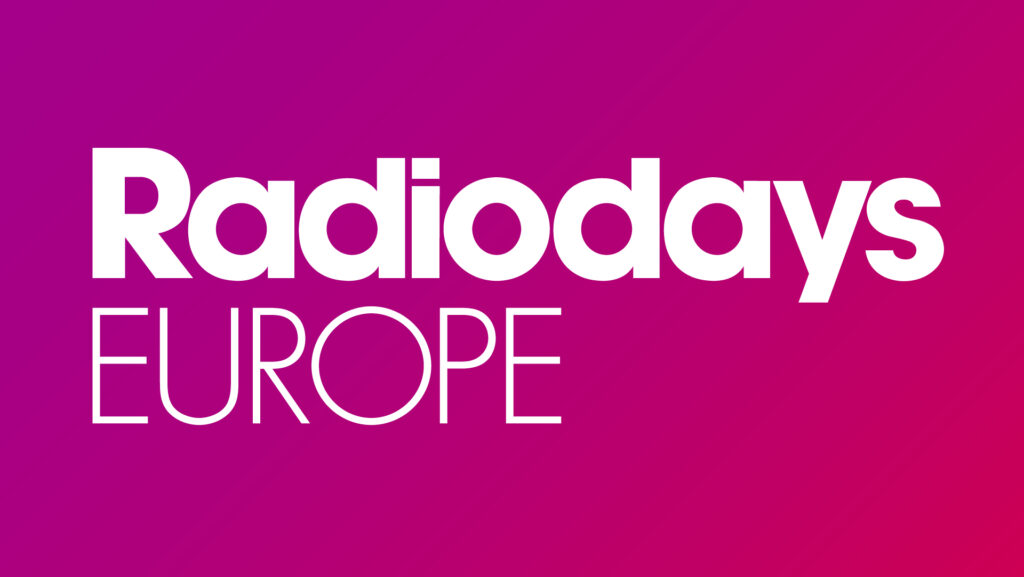Jacqueline Bierhorst, from Digital Radio Netherlands, talked us through the evolution of DAB radio. She said that 85% of Europeans listen to radio every week, for an average of two and a half hours a day. A huge proportion of this is digital – and she says that this is ‘now and the future’. Its advantages are choice, clear sound, cost efficiency and the lack of gatekeeper. There are more than 2000 DAB stations right now and more than 405 million people can receive it, in 36 countries.
Jackie said that collaboration is key to the success of DAB – between content, policy, cars, coverage and consumers. She says that DAB is the ‘successor of FM’ and she believes that by 2023, 70% of all radio listening will be digital in the Netherlands.
Kenneth Andresen (P4/MTG) and Marius Lillelien (NRK) are from NRK in Norway. They followed Jackie by discussing the transition from FM to DAB in Norway. They claimed that the change happened in order to protect the future of radio – they now have an offering of 30 stations rather than five. They also eliminate the idea of an ‘A List’ (FM) and ‘B List’ (Digital). It allows them to offer more niche stations – with content for children, seniors and more. Also, it saves on distribution costs, which can now be spent on better content.
They talked about the ‘car challenge’ – that new cars roll out with DAB but older cars need new equipment. They did some research and found out that 60% of car owners said that they would install DAB when FM was switched off. 3% said that they would never install it. However, they proved that the total daily reach 6 weeks after the switch off only dropped by 6%. They hope that by September, they will have 100% digital listening.
'By 2023, 70% of all radio listening will be digital' @JackyBierhorst 'We need to change to protect the future of radio' @MLillel #RDE17 pic.twitter.com/aEkZ8bzrDC
— Radiodays Europe (@RadiodaysEurope) March 21, 2017
A post shared by Radiodays Europe (@radiodayseurope) on


